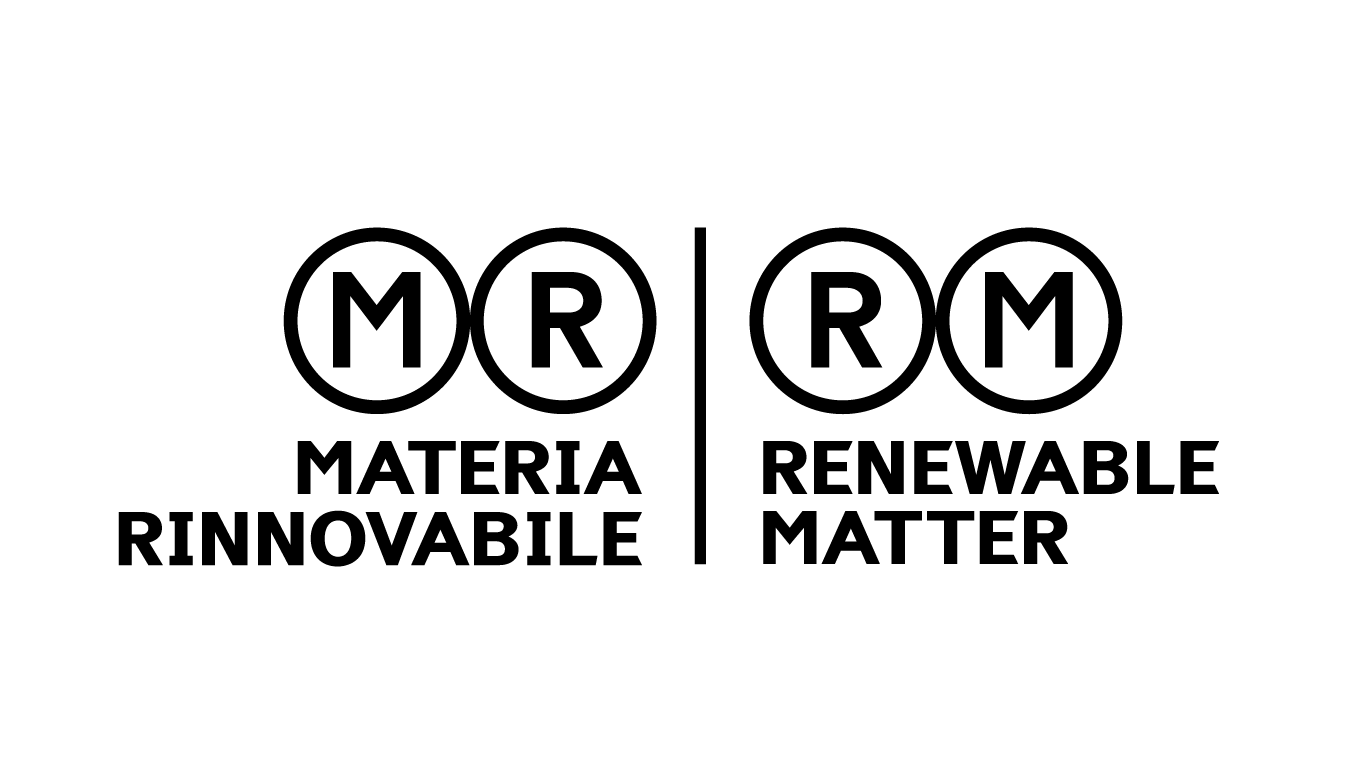
No silence is more haunting than the one following an explosion. It does not only concern what war takes away from human life, but also what it takes away from nature: forests turned to ash, fields reduced to dust, waterways contaminated by military vehicles and weapons. In Ukraine, this silence has a date, 24 February 2022, but also an echo that extends beyond the present.
Wars do not end when the guns fall silent: they continue to cause damage for decades, frequently far from the eyes and geopolitical priorities of the moment. It is with this awareness that an unprecedented event is taking place: Ukraine intends to ask Russia for $43 billion in climate compensation.
That Kyiv intended to file this claim was already known, but today, Tuesday 18 November, the figure was made public for the first time. This is not a generic compensation for environmental damage, but a precise calculation of the greenhouse gas emissions generated by the attack, to which the “social cost of carbon” is applied, a yardstick used in climate studies to assess the economic impacts of global warming.
The historical significance of this request is not only technical, but also legal and political. For the first time, an attacked country is arguing that an aggressor state must be held accountable for emissions caused by an illegal act of war; and the international mechanism to which Kyiv will turn – established by the Council of Europe following a UN General Assembly resolution – will accept claims for environmental compensation based on climate damage for the first time. The claim that Ukraine will file in 2026 will thus set an important precedent for other countries.
How Ukraine quantified the environmental damage caused by the war
The request is based on the report Climate Damage Caused by Russia's War in Ukraine – 36 months, a pioneering study that calculates the emissions generated by the conflict: 294 million tonnes of CO₂ equivalent. This figure alone exceeds the annual emissions of 175 countries worldwide.
The analysis distinguishes between different categories – military operations, fires, destruction of infrastructure, construction of fortifications, loss of carbon absorption capacity – providing a new picture, absent until now in the context of war. It is no coincidence that Ukraine decided to present the initiative in Belém, at COP30. As of today, the consequences of war are thus closely intertwined with all the other factors contributing to climate change.
Precisely because this picture is unprecedented, it is important to understand how it was taken. The report uses a methodology combining satellite sources, field surveys, energy data, industrial inventories and carbon accounting instruments normally reserved for national emissions inventories. Each category that can produce greenhouse gases is analysed using criteria consistent with international standards: military vehicle fuel consumption is estimated in the same way as in the transport sector; forest fires are calculated using algorithms commonly used for studies on burned biomass; carbon “trapped” in destroyed buildings is estimated using the same factors as those employed to assess the climate footprint of the construction sector. A social cost of carbon of $185 per tonne applies to all these items, in line with the most widely used economic models.
This approach has two consequences: the first is that each item of climate damage is measured using criteria consistent with the standards used for national emissions inventories, without shortcuts or rough estimates. The second is that the method can be replicated elsewhere – in Syria, Yemen, Gaza – opening the way to a possible global accounting of the climate costs of war. No more generic assessments, but verifiable, comparable and, above all, legally usable figures.
The major damage caused by fires and the destruction of buildings
Among these emissions, one figure stands out above all others: the destruction of buildings and civil infrastructure is the main source of greenhouse gas emissions from the conflict, accounting for 43 million tonnes of CO₂. More than troop deployments. More than fires. More than explosions. The reason is structural: cement, steel, concrete and glass are materials produced using highly energy-intensive industrial processes. They contain, so to speak, “embedded” carbon. When a building collapses, all this CO₂ is released into the atmosphere in a single instant. Affected are not only homes and apartment buildings, but also energy infrastructure, industrial plants, bridges and railways: actual reservoirs of latent carbon. This is why the report emphasises that “the destruction of buildings represents the heaviest emission category of the entire conflict”.
The second major item concerns fires. The flames, triggered mainly by bombing, have affected forests, wetlands, nature reserves and national parks, releasing almost 22 million tonnes of CO₂. Here, the damage is twofold: the carbon accumulated in ecosystems is immediately released and, at the same time, their future capacity to absorb it is compromised. This mechanism prolongs the effects of war for years, even after the conflict has ended.
In Ukraine's case, the damage is particularly severe: the country was home to one-third of Europe's biodiversity. Steppes, mixed forests, wetlands and unique habitats, such as the chalk slopes of Donbass, were natural reservoirs of carbon and biodiversity. Many of these ecosystems have suffered irreversible damage.
The report estimates that the loss of carbon absorption capacity – in forests and agricultural land alone – is equivalent to millions of tonnes of CO₂ each year. Ukraine was “the breadbasket of Europe” thanks to černozëm, a black, fertile soil that exists nowhere else. Today, vast areas of that soil are burnt, contaminated and irretrievable. A third of Ukrainian land is now uncultivable; up to 40% of agricultural land is no longer usable. This loss weighs heavily on the country but also on the continent, because soil is the root of European food security. It is a wound that will continue to bleed for decades.
The paradox of reconstruction and the crime of ecocide
A further paradox adds to all this: reconstruction. If Ukraine were to rebuild using conventional materials and technologies, the reconstruction itself would generate 97 million tonnes of CO₂. Nearly as much as the first two years of war. This is why the political choice has been made to steer reconstruction towards sustainability criteria: efficient buildings, low-emission materials, resilient infrastructure. A reconstruction that would not perpetuate the carbon cycle that the war has broken so violently, and the document presented at COP30 gives ample space to how Ukraine intends to use compensation money to rebuild cities with green technologies.
It is no coincidence that Ukraine is at the forefront of this change. The country of Chernobyl, of land rendered barren in a single night, of burnt forests that today mask radioactivity with a deceptive green: a country that learned before others that the earth can die, and that its death is not a temporary wound, but a sentence.
It is therefore not surprising that Ukraine is also one of the very few countries in the world – along with Russia itself – to have introduced the crime of ecocide into its penal code. Since 2001, it has punished those who cause extensive, serious and lasting environmental damage with sentences of up to fifteen years. Nobody imagined that this law, created as a warning after Chernobyl, would today become the lens through which thousands of ongoing environmental crimes are viewed: forests set on fire, soil contaminated by explosions, water poisoned after the destruction of the Nova Kakhovka dam, which released heavy metals and toxic substances into the groundwater and waterways, national parks devastated, millennial ecosystems wiped out in a year. Damage that will last for generations, regardless of the outcome of the war or the results of compensation claims.
Ukraine as a historical precedent
The crime of ecocide cannot be applied to a foreign entity, but, backed by this law, Ukraine has created an actual environmental task force: a civilian army of scientists, activists, prosecutors, and 18,000 people who map, report, and analyse. It is the largest database of environmental damage ever built in wartime. They are the ones who have sampled water, soil and vegetation to prove the environmental damage caused by the war. For many lawyers, Ukraine's request represents the seed of a possible future: the inclusion of ecocide among the crimes prosecutable by the International Criminal Court, alongside genocide and war crimes.
‘'Parts of our nature are lost forever,’ declared Ukrainian Environment Minister Ruslan Strilets. This is not a rhetorical statement: it is the realisation of a country that has known, since Chernobyl, what it means when the land ceases to be fertile, when an ecosystem can never return to what it once was.
The broader significance of Ukraine's request is that war is not just a matter of borders or geopolitics, but also a matter of climate. Climate destruction is not a side effect, but a front in the conflict. If this principle is recognised, it could change the way conflicts are assessed, sanctioned and rebuilt.
For the first time, nature is entering the courts as an injured party and not just as a backdrop to hostilities. When Kyiv submits its claim in 2026, it will not be an exercise in bookkeeping. It will be the beginning of a global debate on the role of the environment in conflicts and the climate responsibilities of states.
Cover: Mother Ukraine Statue / Flickr



